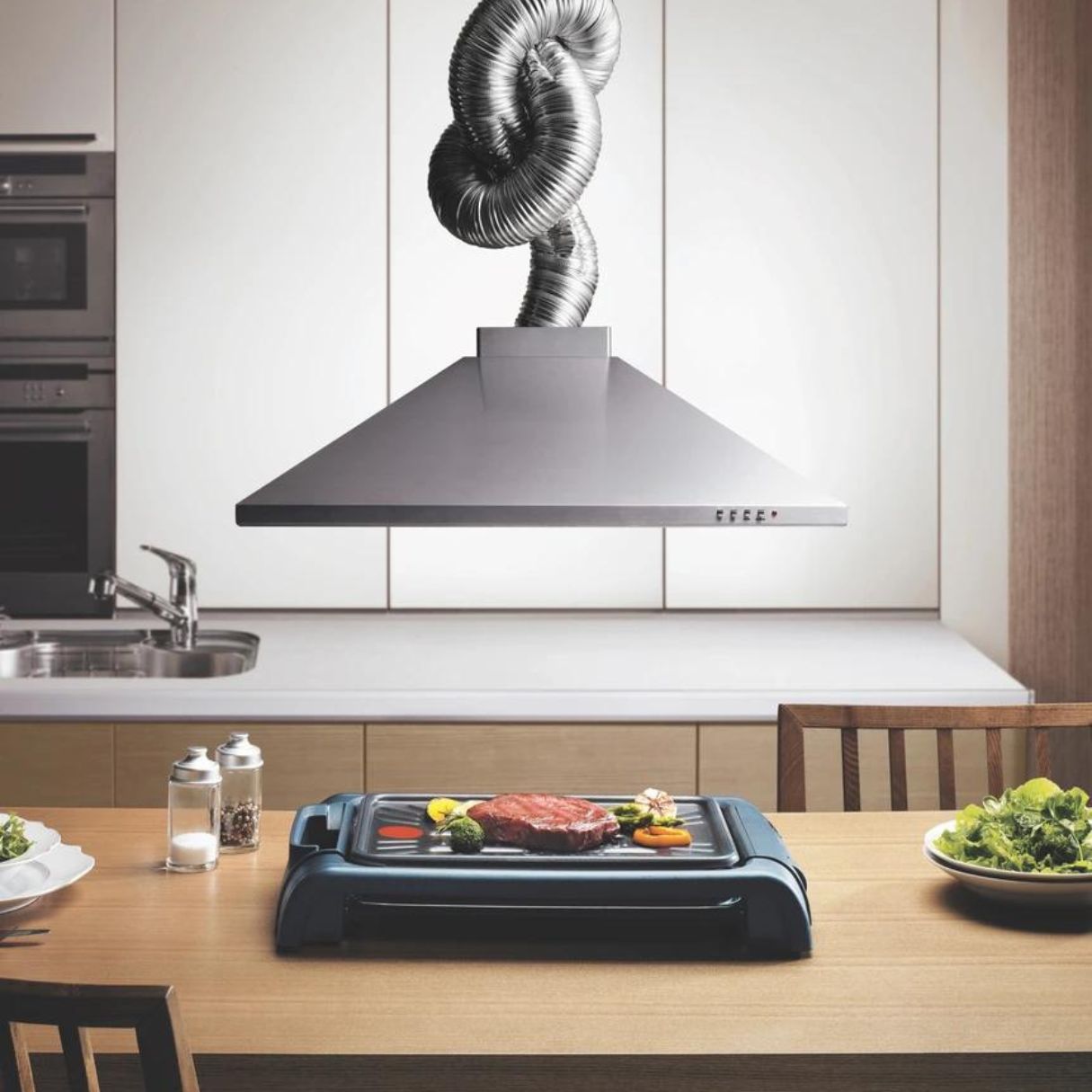

Articles
How Many Watts Does A Range Hood Use
Modified: October 29, 2024
Get to know how many watts a range hood uses in this informative article. Explore the energy consumption of range hoods and find out ways to save power.
(Many of the links in this article redirect to a specific reviewed product. Your purchase of these products through affiliate links helps to generate commission for Storables.com, at no extra cost. Learn more)
Introduction
Welcome to the world of range hoods, where style meets functionality to create a clean and fresh kitchen environment. If you’ve ever wondered about the energy usage of range hoods and how it can impact your electricity bill, you’ve come to the right place. In this article, we’ll explore the wattage of range hoods and provide you with some valuable insights to help you make informed decisions about your kitchen ventilation needs.
A range hood, also known as a vent hood or exhaust hood, is an essential kitchen appliance designed to remove smoke, steam, odor, and airborne grease particles that are generated during cooking. It is typically installed above the cooktop or range to capture and vent out these pollutants, improving air quality and preventing them from spreading throughout your home.
Range hoods function by drawing in the air around the cooking surface and then filtering or exhausting it outside. The primary components of a range hood include a fan, filters, and a duct system. The fan creates suction, pulling the contaminated air into the hood, while the filters trap the grease and other impurities. The duct system then guides the filtered air to the outdoors, effectively removing the pollutants from your kitchen.
Various factors influence the wattage of a range hood, including the type and size of the hood, the power of the fan, the speed settings, and additional features like lighting and integrated heating elements. Understanding these factors will give you a better idea of the energy consumption of different range hoods.
In the next sections, we’ll delve into more detail about the typical wattage of different types of range hoods, including under cabinet hoods, wall-mounted hoods, island hoods, and downdraft hoods. We’ll also provide some tips on how to choose a range hood based on energy efficiency and ways to save energy while using your range hood. So let’s dive in and explore the world of range hood wattage!
Key Takeaways:
- Range hood wattage varies based on factors like size, fan speed, and ventilation type. Consider energy-efficient models and use selective fan settings to save energy and reduce electricity costs.
- Understanding the wattage of different range hood types can help you choose the right one for your kitchen size and cooking habits. Implement energy-saving tips to optimize range hood usage and minimize energy consumption.
Read more: How Many Amps Does A Range Hood Use
What is a range hood?
A range hood is a vital kitchen appliance designed to extract and remove pollutants, such as smoke, steam, grease, and cooking odors, from the air during the cooking process. It is typically installed above the cooktop or range to effectively capture and filter out these unwanted byproducts.
The primary function of a range hood is to improve indoor air quality by preventing the buildup of smoke, steam, and airborne particles in your kitchen. By venting these pollutants outside, a range hood helps to maintain a clean and fresh environment, free from lingering odors and potentially harmful gases.
Range hoods come in various types and styles to suit different kitchen layouts and personal preferences. Some common types include under cabinet hoods, wall-mounted hoods, island hoods, and downdraft hoods.
Under cabinet hoods: These are compact and space-saving range hoods that are installed beneath a cabinet directly above the cooktop. They are ideal for kitchens with limited space and offer excellent ventilation capabilities.
Wall-mounted hoods: As the name suggests, these range hoods are mounted on the wall above the cooking surface. They can be a focal point in the kitchen and come in various designs to complement different decor styles.
Island hoods: Island hoods are specifically designed for kitchens with a cooktop located on an island or peninsula. They are suspended from the ceiling and provide effective ventilation while adding an elegant touch to the overall kitchen design.
Downdraft hoods: Unlike other types of range hoods, downdraft hoods are installed behind the cooktop and rise up when in use. They are an excellent option for kitchens where traditional overhead venting is not possible or preferred, as they offer a sleek and unobtrusive design.
In addition to their primary function of extracting airborne pollutants, range hoods often come with additional features to enhance their usability. These features can include built-in lighting to illuminate the cooking area, integrated heating elements to keep food warm, and various fan speeds to cater to different cooking needs.
Overall, a range hood is an essential appliance that not only improves air quality in your kitchen but also adds style and functionality to your cooking space. It helps to keep your kitchen clean and odor-free while preventing harmful pollutants from spreading throughout your home. So whether you’re frying, boiling, or grilling, a range hood is there to ensure a pleasant cooking experience and a healthier living environment.
How does a range hood work?
Range hoods work by employing a combination of fans, filters, and ducts to effectively remove airborne pollutants, smoke, steam, and odors from the cooking area. Understanding how each of these components functions will provide insight into the working mechanism of a range hood.
1. Fans: The heart of a range hood is the fan. It is responsible for creating suction and pulling in the polluted air from the cooking surface into the hood. The fan is typically located inside the hood and can have multiple speed settings to accommodate various cooking situations.
2. Filters: Once the contaminated air is drawn into the hood, it passes through filters designed to trap grease, smoke, and other particles. The most common types of filters found in range hoods are mesh filters and baffle filters. Mesh filters are made up of layers of fine mesh wire, while baffle filters use a series of metal panels with curved ridges to separate and collect grease and other impurities.
3. Ducts: After passing through the filters, the filtered air is then guided through ducts to the outdoors. Ductwork is the pathway that carries the airborne pollutants away from the kitchen. It is typically made of aluminum or galvanized steel and is installed either behind the walls or above the ceiling to channel the filtered air to the exterior of the building.
When the range hood operates, the fan creates negative pressure inside the hood, causing external air to be drawn into the hood from the surrounding area. This helps to prevent the escape of smoke and potential contaminants into the kitchen.
In addition to their ventilation function, many range hoods also come equipped with built-in lighting to illuminate the cooking area. This lighting feature aids in enhancing visibility while cooking and adds an aesthetic touch to the kitchen ambiance.
It’s worth noting that some range hoods offer recirculating options in addition to the standard ducted ventilation. Recirculating range hoods utilize filters to remove grease and odors from the air, then release the filtered air back into the kitchen. While these types of hoods are more convenient to install, they are not as efficient as ducted range hoods in terms of removing pollutants from the kitchen.
In summary, a range hood works by employing a powerful fan to draw in the contaminated air, filters to trap grease and other impurities, and ducts to guide the filtered air outside. By using this combination of components, range hoods effectively diminish smoke, steam, odors, and airborne particles, ensuring a cleaner and healthier cooking environment.
Factors affecting the wattage of a range hood
The wattage of a range hood can vary depending on several factors that influence its energy consumption. By understanding these factors, you can make an informed decision when choosing a range hood that matches your specific needs and energy efficiency goals. Here are some key factors that affect the wattage of a range hood:
1. Size and Power: The size and power of the range hood play a significant role in determining its wattage. Larger and more powerful range hoods typically require more energy to operate compared to smaller, less powerful ones. This is because larger hoods have larger fans and motors, which need more power to generate sufficient airflow for effective ventilation.
2. Fan Speed: Most range hoods come with multiple fan speed settings, such as low, medium, and high. The fan speed directly impacts the wattage consumption. Higher fan speeds require more power to produce greater suction and airflow, which can be beneficial for heavy-duty cooking or when dealing with strong odors and smoke. However, it’s important to note that running the range hood at higher speeds will result in higher energy consumption.
3. Lighting: Many range hoods feature built-in lighting to illuminate the cooking area. The wattage of the lighting component should be taken into account when considering the overall energy usage of the hood. LED lights are typically more energy-efficient compared to traditional incandescent or halogen bulbs, consuming less wattage while providing adequate illumination.
4. Additional Features: Certain range hoods may come with additional features that can impact their wattage consumption. For example, some hoods have integrated heating elements to keep food warm, while others may include sensors for automatic fan operation based on cooking activity. These features can increase the energy consumption of the range hood.
5. Ventilation System: The type of ventilation system used by the range hood can also affect its wattage. Ducted range hoods, which vent the air directly to the outdoors, tend to be more energy-efficient compared to recirculating hoods. Recirculating hoods require additional power to operate the filters and recirculate the air back into the kitchen, leading to higher wattage consumption.
6. Energy Efficiency Ratings: Energy efficiency labels, such as the Energy Star rating, can help you identify range hoods that consume less energy without compromising performance. Range hoods with higher energy efficiency ratings are designed to use less wattage while still providing effective ventilation. Consider looking for models with these ratings to reduce energy consumption and save on electricity costs.
By considering these factors, you can select a range hood that meets your ventilation needs while being mindful of energy efficiency. It’s important to strike a balance between performance, functionality, and sustainable energy usage to create a healthy and efficient cooking environment in your kitchen.
When choosing a range hood, look for one with an energy-efficient motor to minimize power consumption. Consider the size of your kitchen and cooking habits to determine the appropriate wattage for your range hood.
Average wattage of different types of range hoods
The wattage of a range hood can vary depending on the specific model, brand, and features. However, we can provide a general range of average wattage for different types of range hoods to give you an idea of their energy consumption. Keep in mind that these figures are approximate and can vary between different manufacturers and models.
1. Under Cabinet Hoods: Under cabinet hoods are popular options for kitchens with limited space. On average, they consume around 100-300 watts of power. The wattage depends on factors like the fan speed settings, size of the hood, and additional features such as lighting.
2. Wall-Mounted Hoods: Wall-mounted hoods, which are installed on the wall above the cooking surface, tend to have a slightly higher wattage compared to under cabinet hoods. The average wattage ranges from 200-600 watts. Larger hoods with more powerful fans may consume more energy than smaller, less powerful models.
3. Island Hoods: Island hoods are suspended from the ceiling and are ideal for kitchens with cooktops located on an island or peninsula. These hoods typically have larger dimensions and more powerful fans to provide effective ventilation. On average, island hoods consume around 300-800 watts of power.
4. Downdraft Hoods: Downdraft hoods offer a unique ventilation system as they are installed behind the cooktop and rise up when in use. These hoods tend to have lower wattage compared to other types. On average, downdraft hoods consume around 100-400 watts of power.
It’s important to note that these wattage ranges are general estimates and can vary based on different factors such as the size of the hood, fan speed settings, lighting options, and additional features. It’s always recommended to check the specific wattage information provided by the manufacturer when considering a particular range hood model.
When selecting a range hood, consider your specific ventilation needs and the size of your kitchen. It’s also important to find a balance between energy efficiency and performance. Opting for a range hood with lower wattage can help reduce energy consumption and save on electricity costs without compromising on effective ventilation.
Remember to also consider energy-saving features such as LED lighting, energy-efficient motors, and ventilation options like ducted systems for better energy efficiency. By choosing wisely, you can find a range hood that provides optimal ventilation while minimizing its environmental impact and your energy expenses.
Read more: How Many Watts Does A Projector Use
Factors to consider when choosing a range hood based on wattage
When it comes to choosing a range hood, considering the wattage is crucial as it directly affects the energy consumption and operating costs. Here are some key factors to consider when selecting a range hood based on wattage:
1. Cooking Habits: Your cooking habits and frequency will play a significant role in determining the appropriate wattage for your range hood. If you cook frequently and engage in heavy-duty cooking methods like frying or grilling, you may need a higher wattage range hood to effectively remove smoke, steam, and odor. However, if you have modest cooking needs, a lower wattage range hood may be sufficient.
2. Kitchen Size: The size of your kitchen should also be taken into account. Larger kitchens with open floor plans may require higher-wattage range hoods to ensure proper ventilation and odor removal. On the other hand, smaller kitchens may benefit from lower-wattage range hoods, as they require less airflow to effectively clear the air.
3. Fan Speed Settings: Consider the fan speed settings offered by the range hood. Higher fan speeds consume more power but provide better ventilation, especially during intense cooking sessions. However, if you primarily engage in less demanding cooking methods, you may not need a range hood with multiple high-speed settings. Choosing a range hood with adjustable fan speeds allows you to tailor the ventilation to your specific needs, potentially saving energy when lower speeds are sufficient.
4. Energy Efficiency Ratings: Look for range hoods with energy efficiency ratings, such as the Energy Star label. These ratings indicate that the range hood meets strict energy efficiency standards and consumes less power while maintaining effective ventilation. Choosing an energy-efficient range hood can help reduce electricity consumption and lower your utility bills in the long run.
5. Lighting Options: Consider the lighting features of the range hood. LED lights are more energy-efficient compared to traditional incandescent or halogen bulbs. By opting for a range hood with LED lighting, you can reduce the overall wattage consumption while still enjoying ample illumination of your cooking area.
6. Ducted vs. Recirculating: Ducted range hoods that vent the air outside are generally more efficient than recirculating hoods. Ducted range hoods remove pollutants from your kitchen entirely, whereas recirculating hoods filter the air and release it back into the room. If possible, opt for a ducted range hood as they provide more efficient ventilation and require less energy to operate.
7. Noise Level: While not directly related to wattage, the noise level of the range hood can impact your overall satisfaction. Consider range hoods with noise reduction features or lower decibel ratings, especially if you have an open kitchen or where noise sensitivity is a concern. Higher fan speeds may produce more noise, so finding a model with quieter operation can enhance your cooking experience.
By considering these factors, you can choose a range hood that matches your ventilation needs while maximizing energy efficiency. Take into account your cooking habits, kitchen size, fan speed settings, energy efficiency ratings, lighting options, and ventilation methods to strike the right balance between effective ventilation and lower energy consumption.
Ultimately, selecting a range hood with the appropriate wattage ensures optimal performance, energy savings, and a more comfortable and healthy kitchen environment.
Energy-saving tips for range hood usage
While range hoods are essential for maintaining a clean and healthy kitchen environment, there are several energy-saving tips you can follow to reduce their electricity consumption. By implementing these practices, you can save energy and lower your utility bills without compromising on the effectiveness of your range hood. Here are some energy-saving tips for range hood usage:
1. Use the range hood selectively: Only use the range hood when necessary. If you’re doing light cooking or simmering, you may not need the range hood to be running at full power. Consider using lower fan speed settings or toggling the range hood on and off during cooking sessions to conserve energy.
2. Clean and maintain filters regularly: Clogged or dirty filters can hinder the airflow, making the range hood work harder and consume more energy. Clean or replace the filters as recommended by the manufacturer to ensure optimal performance. Regular maintenance will not only improve energy efficiency but also extend the lifespan of your range hood.
3. Optimize fan speed settings: Adjust the fan speed settings based on your cooking needs. Higher fan speeds are more energy-intensive, so if lower speeds can effectively remove smoke and odors, utilize them. Experiment with different fan speeds to find the right balance between ventilation and energy efficiency.
4. Use energy-efficient lighting: If your range hood has lighting features, opt for energy-efficient LED bulbs. LED lights consume significantly less energy compared to traditional incandescent or halogen bulbs while providing ample illumination over the cooking area. This helps reduce overall wattage consumption while still maintaining proper visibility while cooking.
5. Consider energy-efficient models: When purchasing a new range hood, look for models with energy efficiency ratings or the Energy Star label. These models are designed to meet strict energy efficiency standards, consuming less power without compromising their performance. Investing in an energy-efficient range hood can lead to long-term energy savings.
6. Opt for ducted ventilation: If possible, choose a range hood that offers ducted ventilation rather than recirculating airflow. Ducted range hoods remove pollutants from the kitchen entirely, improving ventilation efficiency. Recirculating hoods, on the other hand, require additional power to filter and release air back into the kitchen, leading to higher energy consumption.
7. Use natural ventilation: When feasible, open windows or doors to provide natural ventilation while cooking. This can help reduce the reliance on your range hood and save energy. However, be cautious when using natural ventilation, as it may not be as effective in removing steam, strong odors, or smoke compared to using the range hood.
8. Turn off the hood after cooking: Don’t forget to switch off the range hood once you’re finished cooking. Leaving it on unnecessarily leads to needless energy consumption. Remember to turn off the hood and allow it to cool down before cleaning or maintenance.
9. Keep the kitchen well-ventilated: In addition to using the range hood, ensure that your kitchen is well-ventilated overall. Installing windows or using a kitchen exhaust fan can help improve airflow and reduce the need for excessive range hood usage.
10. Seek professional advice: If you’re unsure about the energy efficiency of your current range hood or need guidance on saving energy, consult a professional. They can assess your kitchen setup, recommend energy-saving solutions, and provide insights specific to your situation.
By implementing these energy-saving tips, you can maximize the efficiency of your range hood and reduce energy consumption. Not only will you save money on your utility bills, but you’ll also contribute to a greener and more sustainable living environment.
Conclusion
Choosing the right range hood and making energy-conscious decisions while using it can have a significant impact on your kitchen’s air quality, energy consumption, and overall efficiency. Throughout this article, we have explored the wattage of range hoods, their working mechanism, factors that affect wattage, average wattage for different types of range hoods, and energy-saving tips. Let’s summarize the key takeaways:
A range hood is an essential kitchen appliance designed to remove smoke, steam, odors, and airborne particles generated during cooking. It works by utilizing fans, filters, and ducts to extract and expel these pollutants from the kitchen, ensuring a clean and fresh environment.
Factors such as the size, power, fan speed settings, lighting, additional features, ventilation system, and energy efficiency ratings can influence the wattage of a range hood. Considering these factors will help you choose a range hood that matches your specific needs, energy efficiency goals, and kitchen size.
The wattage of different types of range hoods can vary. Under cabinet hoods typically consume around 100-300 watts, while wall-mounted hoods may range from 200-600 watts. Island hoods may consume around 300-800 watts, and downdraft hoods tend to have lower wattage, ranging from 100-400 watts.
To optimize energy usage, you can follow energy-saving tips such as using the range hood selectively, cleaning and maintaining the filters regularly, adjusting fan speed settings, opting for energy-efficient lighting, considering energy-efficient models, using ducted ventilation, utilizing natural ventilation when possible, and turning off the hood when not needed.
In conclusion, by understanding the wattage of range hoods, considering energy-saving options, and making thoughtful decisions regarding their usage, you can create a healthier and more energy-efficient kitchen environment. Whether you’re cooking for yourself or hosting family and friends, a well-functioning range hood ensures better air quality and a fresh, comfortable atmosphere. So, choose wisely, use wisely, and enjoy the benefits of a well-ventilated and energy-efficient kitchen!
Frequently Asked Questions about How Many Watts Does A Range Hood Use
Was this page helpful?
At Storables.com, we guarantee accurate and reliable information. Our content, validated by Expert Board Contributors, is crafted following stringent Editorial Policies. We're committed to providing you with well-researched, expert-backed insights for all your informational needs.
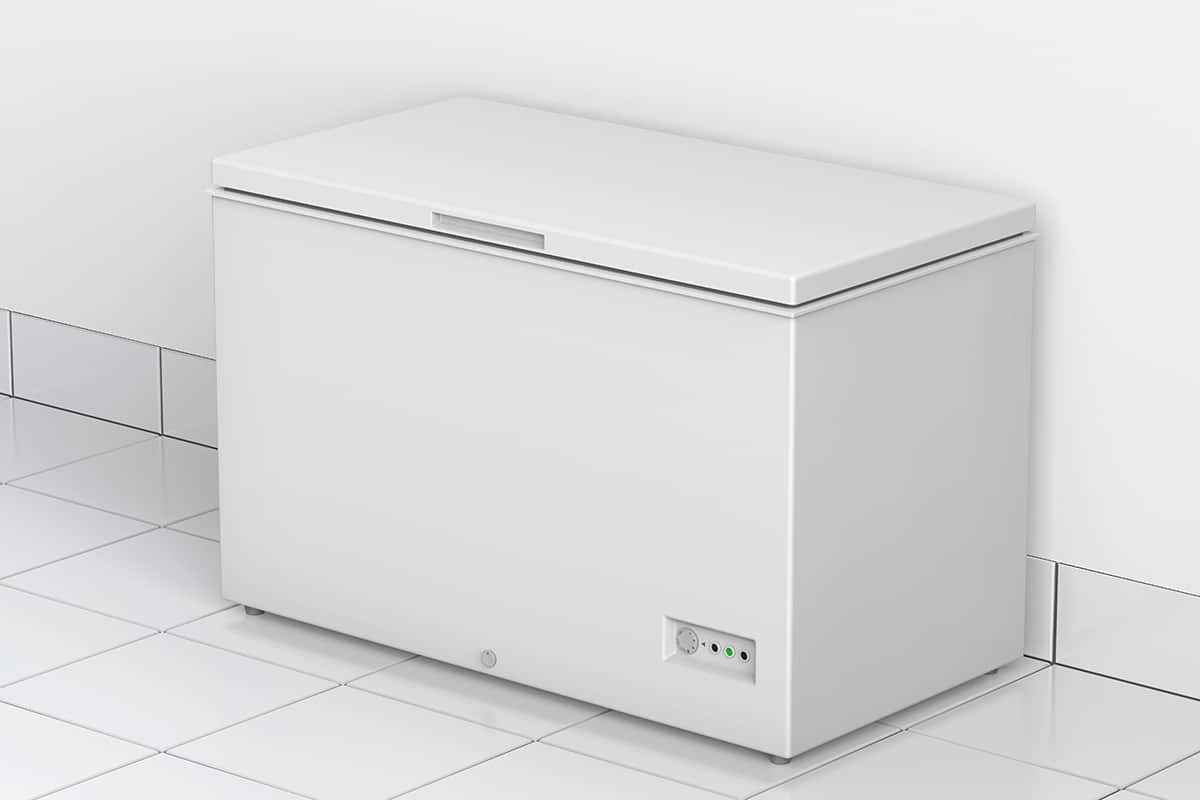
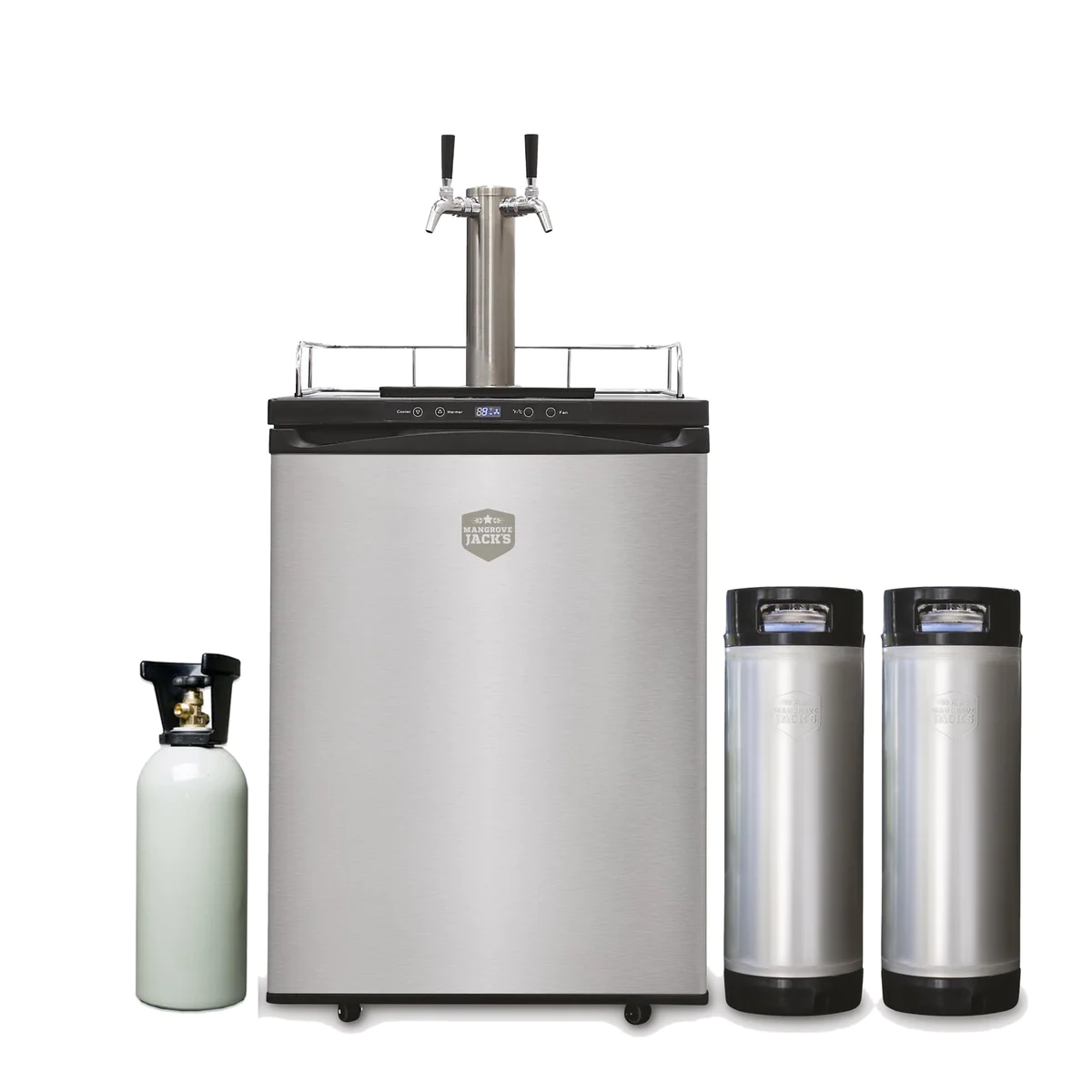
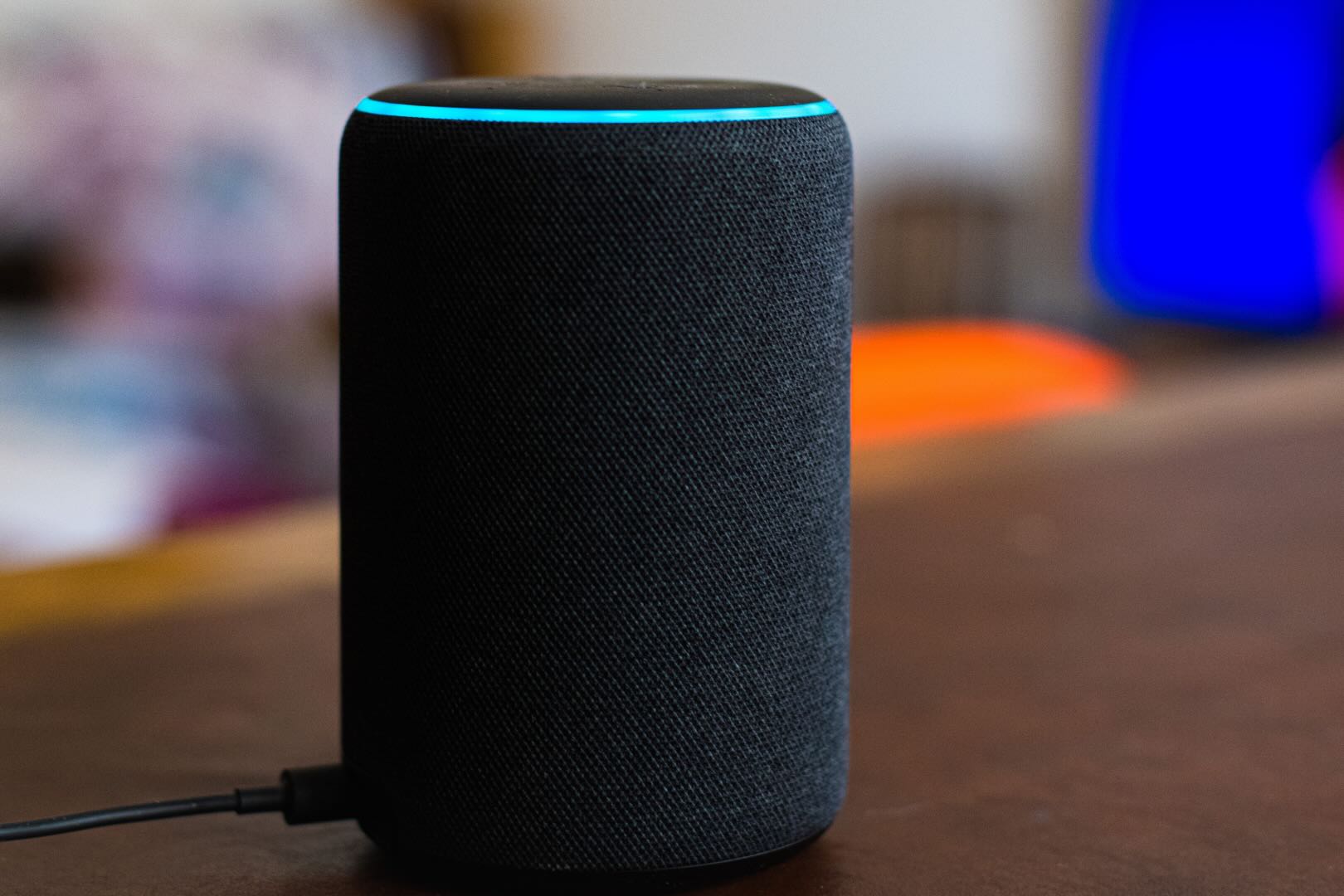
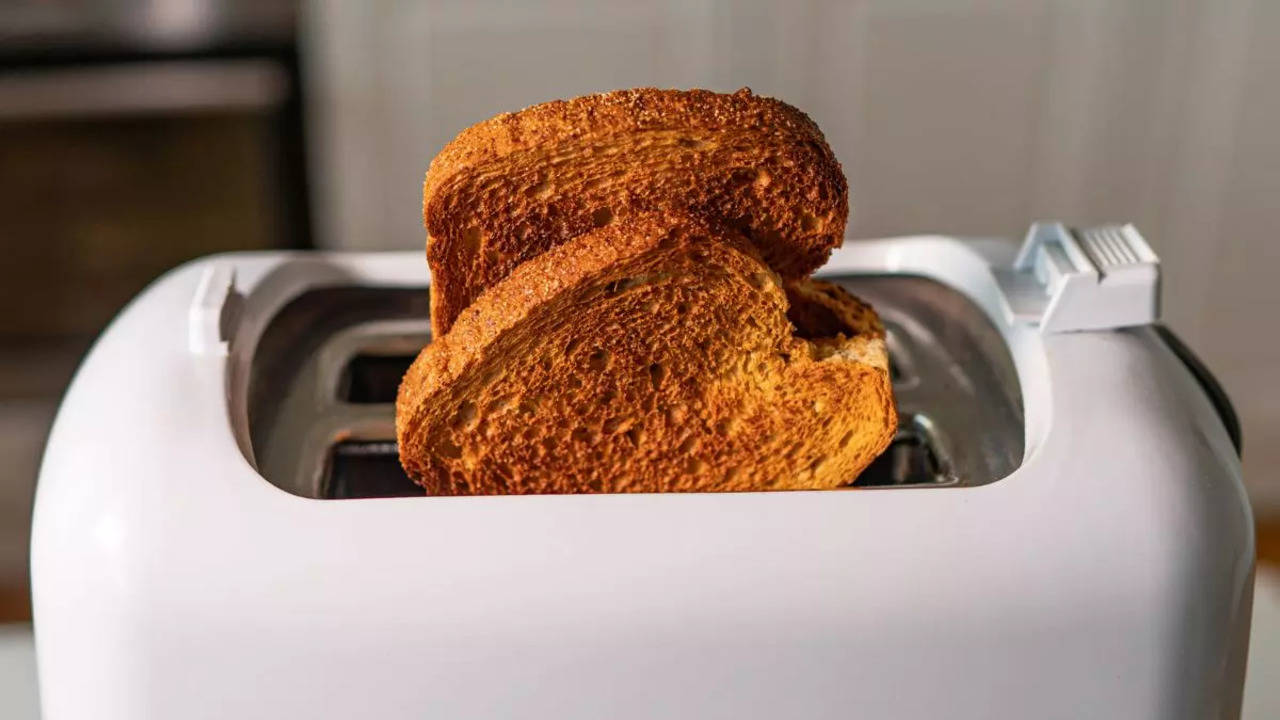
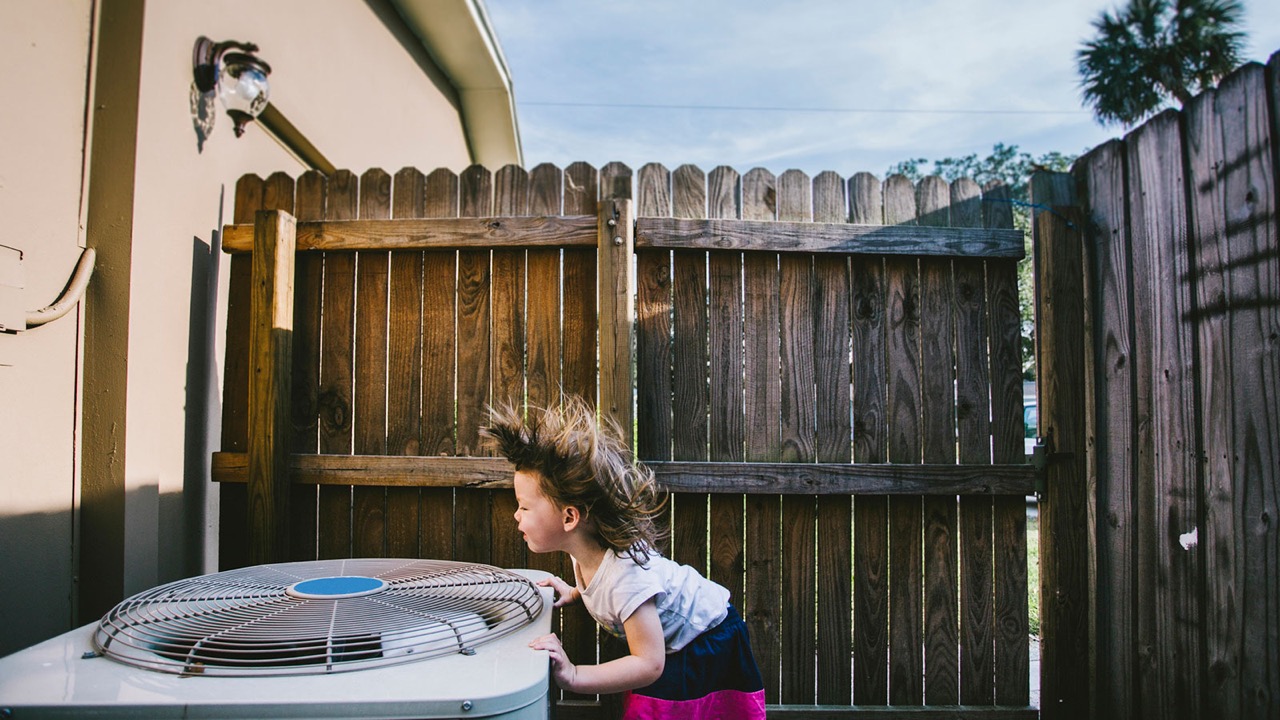
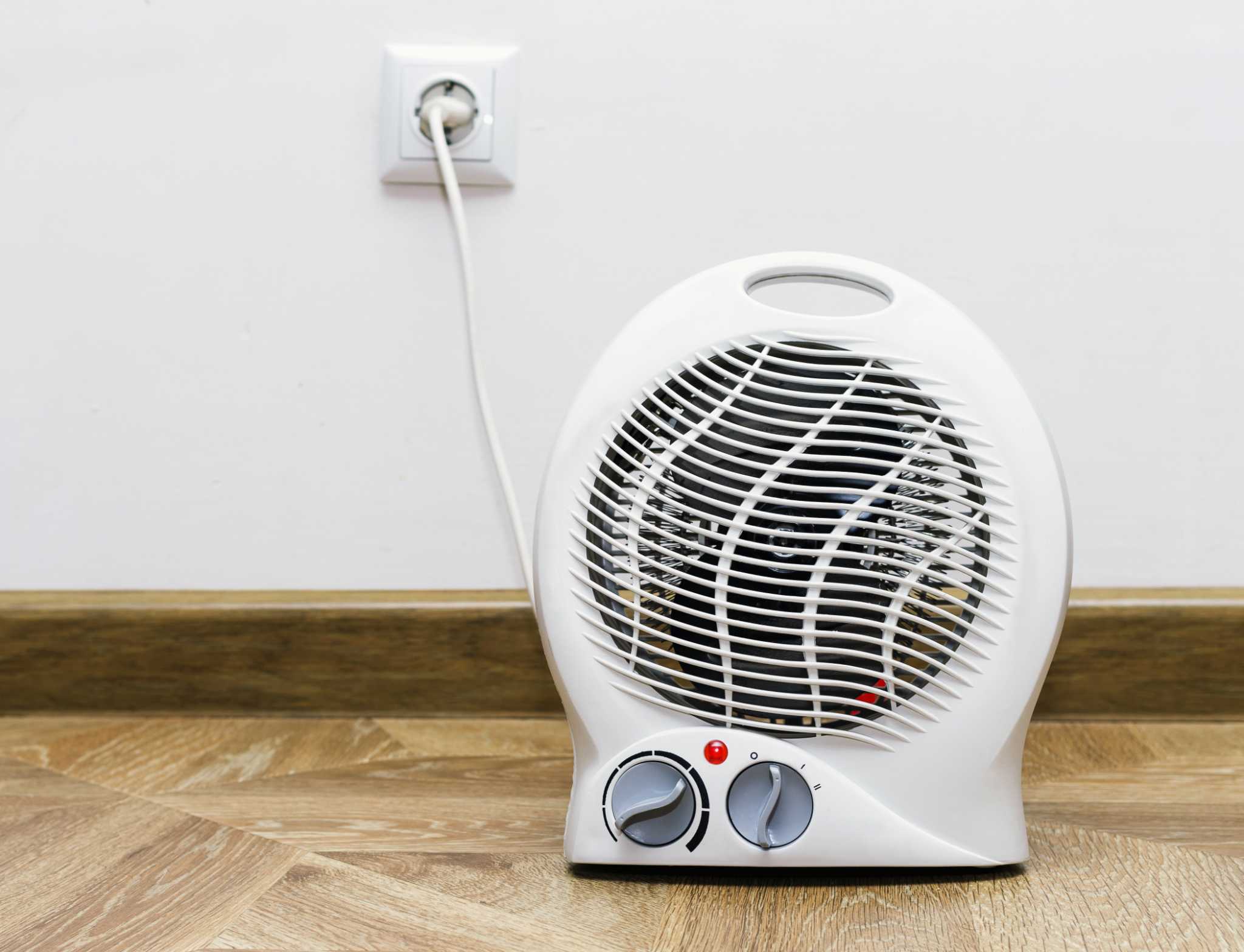

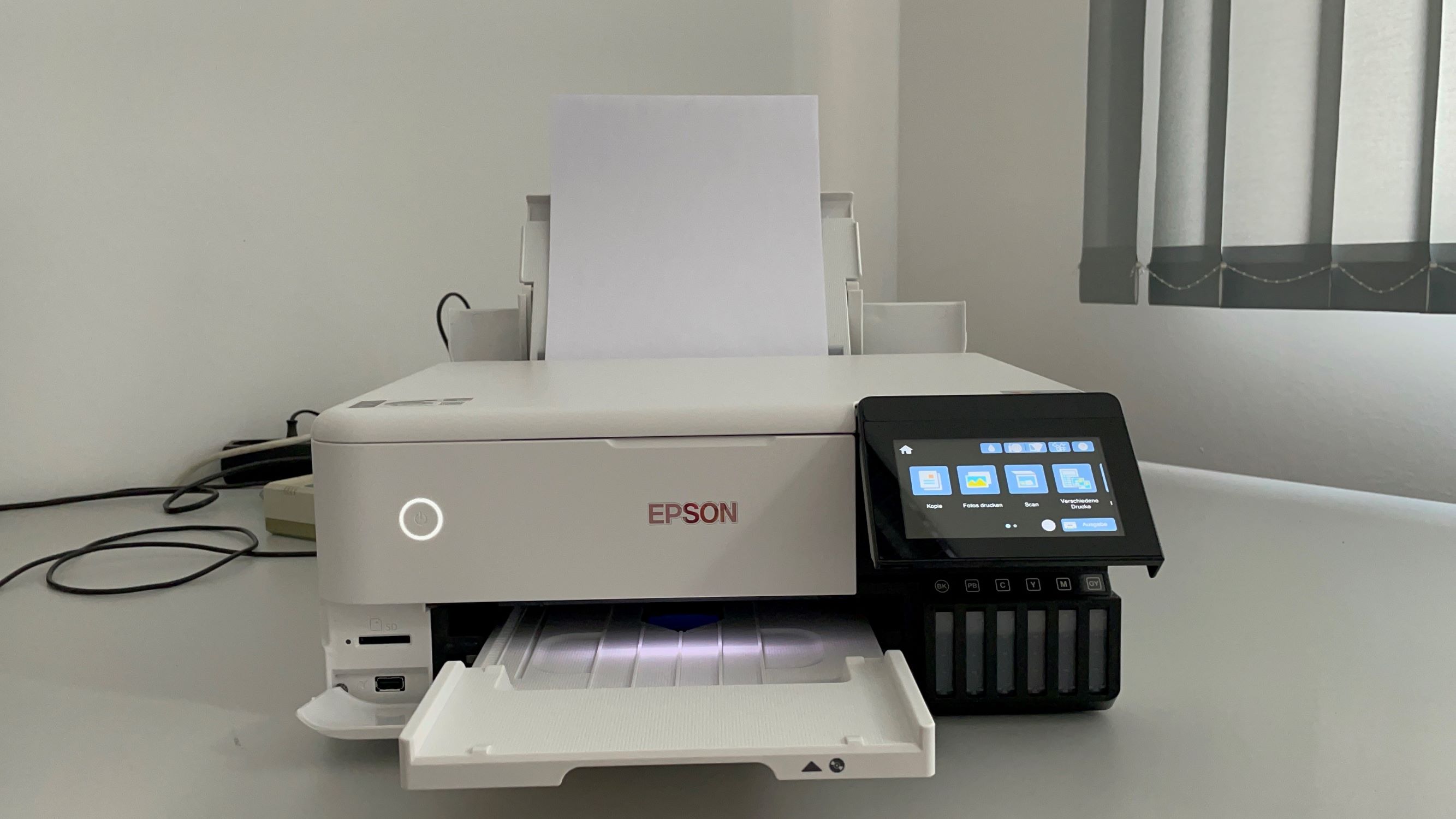
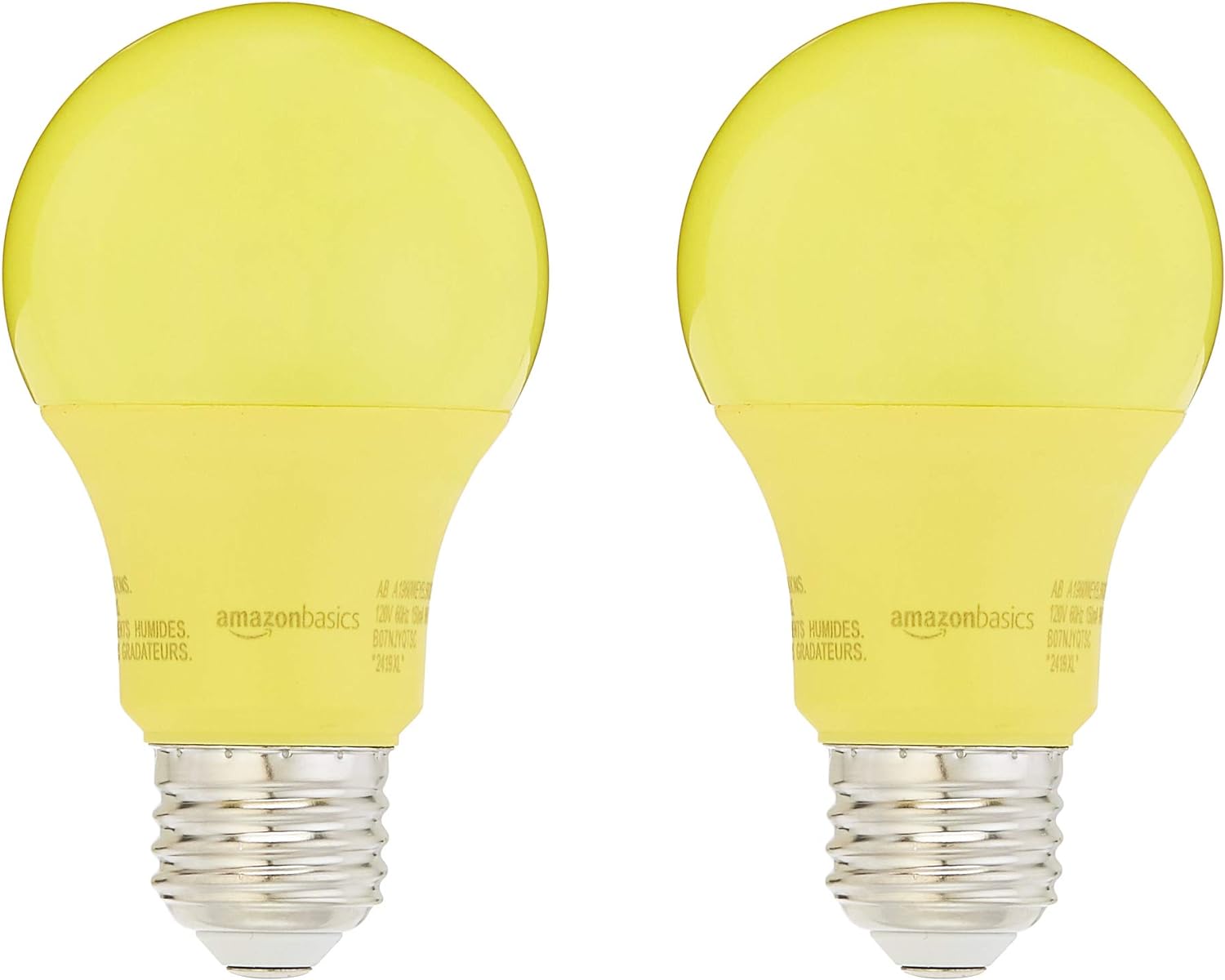
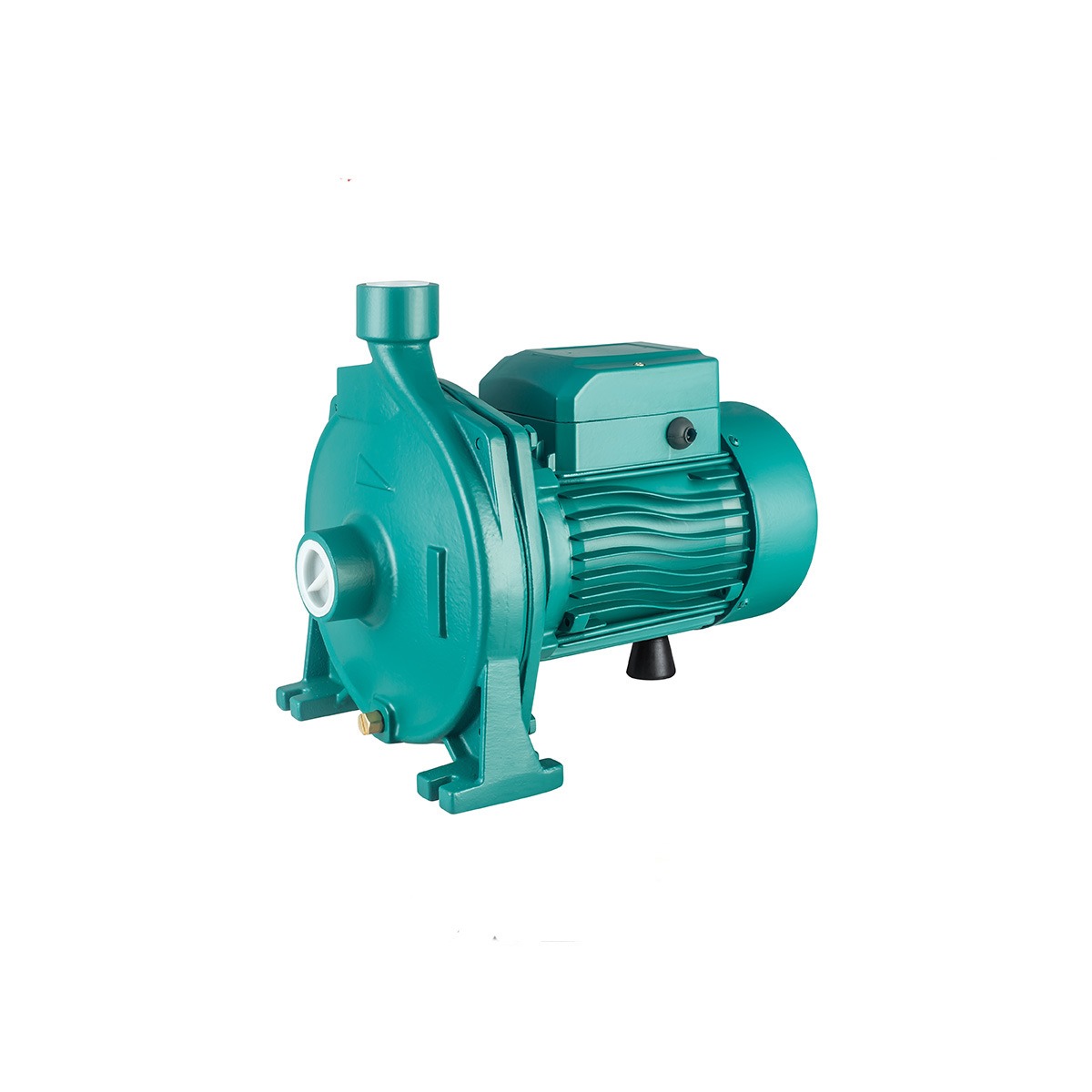

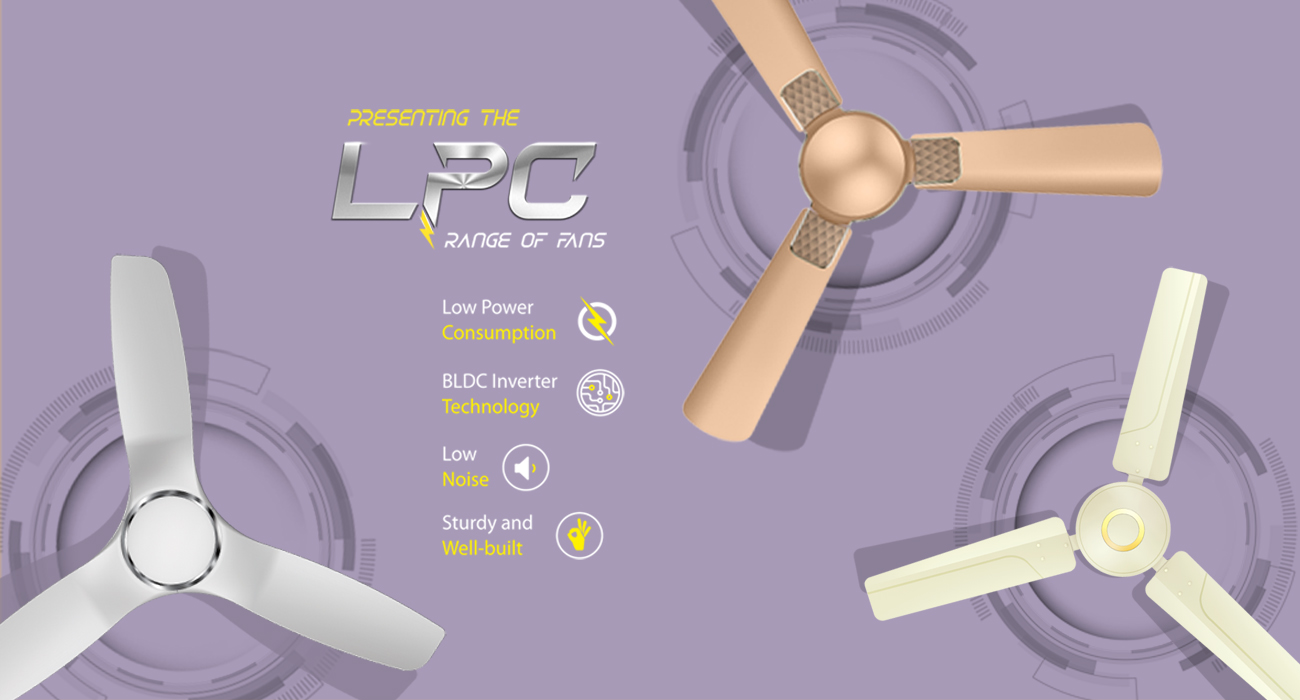
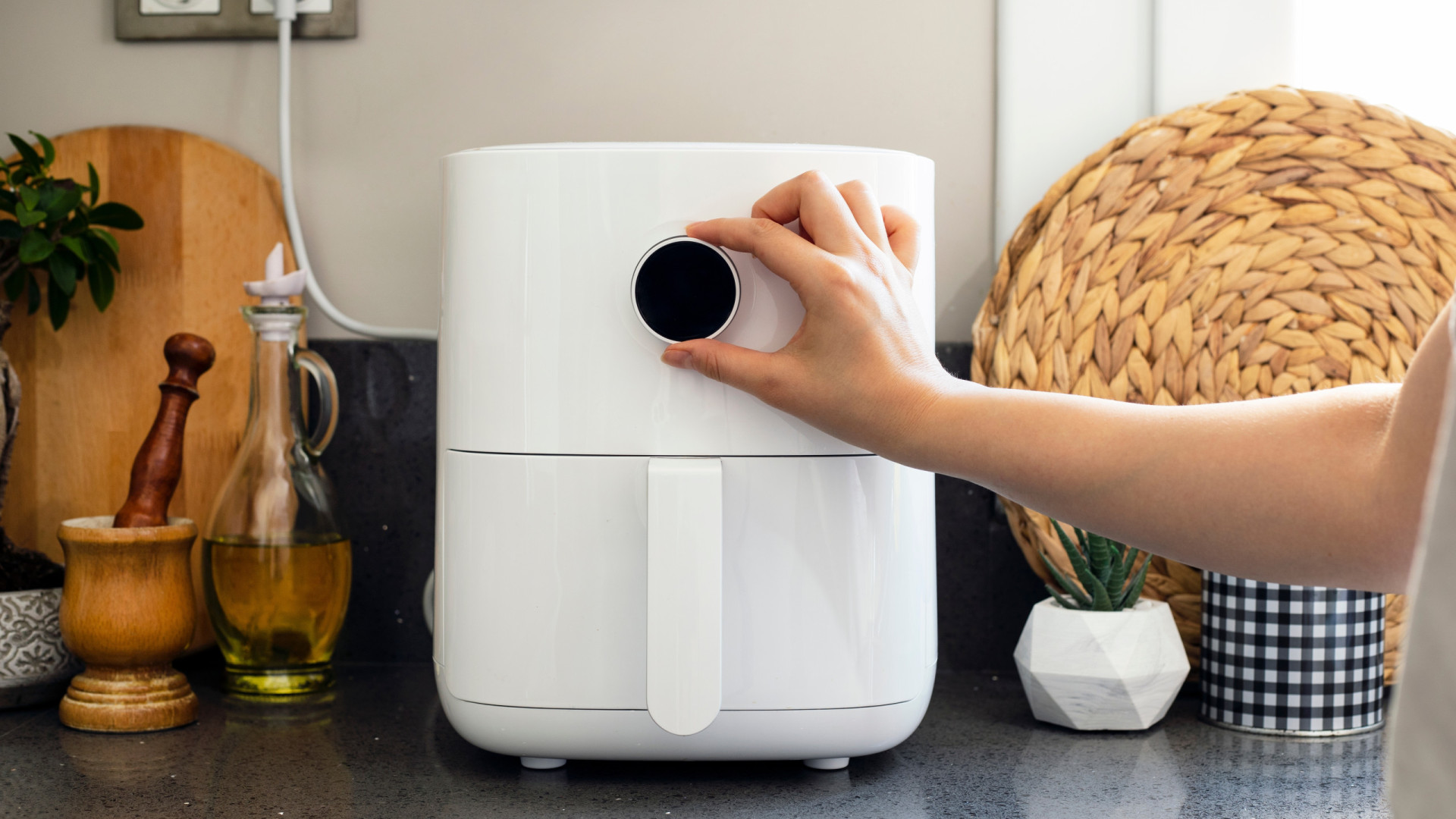
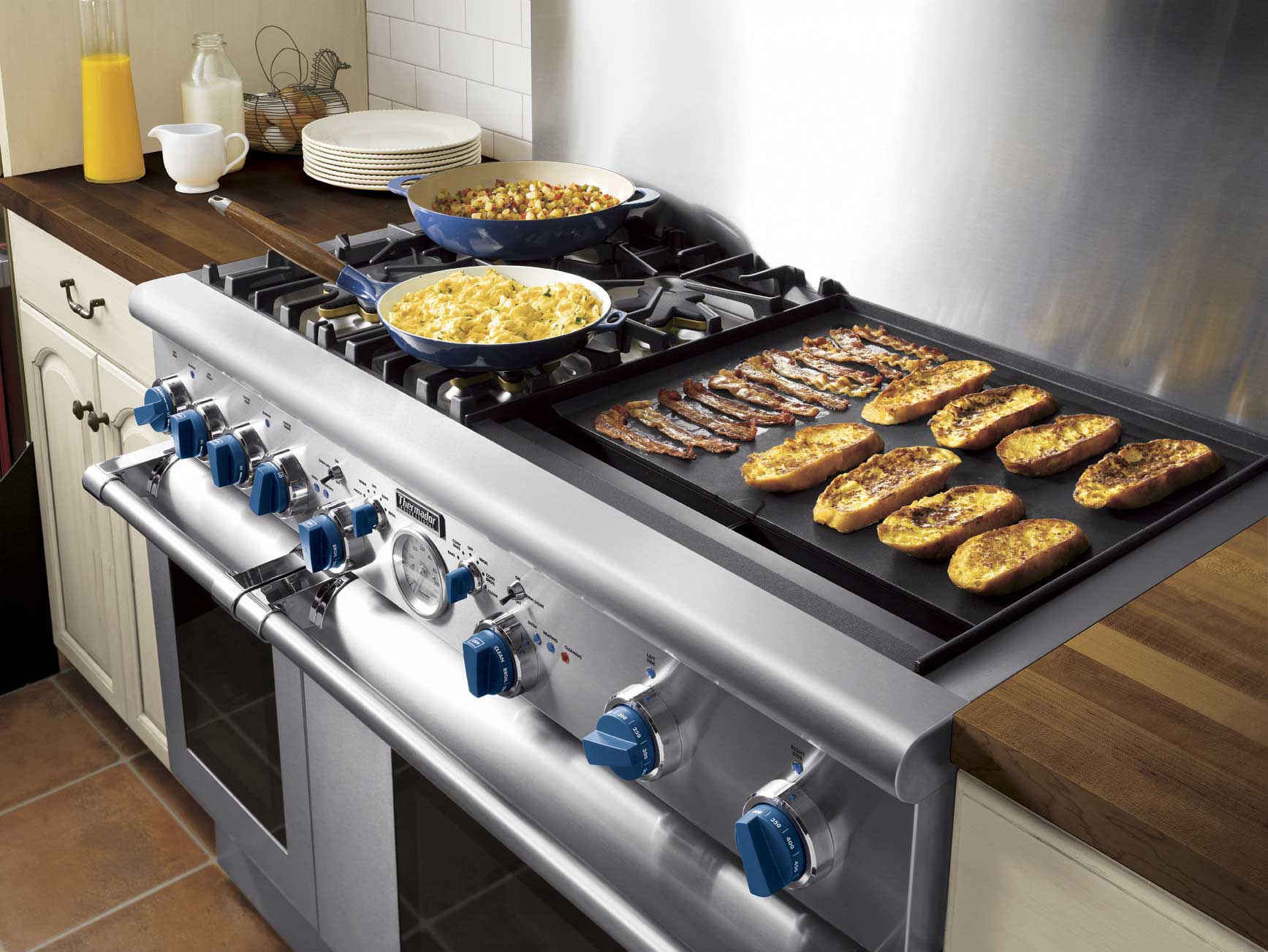

0 thoughts on “How Many Watts Does A Range Hood Use”